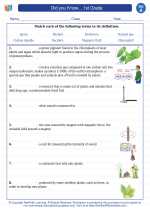Plate Boundaries
Plate boundaries are the areas where the Earth's tectonic plates meet. There are three main types of plate boundaries: divergent boundaries, convergent boundaries, and transform boundaries.
Divergent Boundaries
Divergent boundaries are where two tectonic plates are moving away from each other. This movement can create rift valleys on land and mid-ocean ridges under the sea. The magma from the mantle rises to fill the gap between the plates, creating new crust.
Convergent Boundaries
Convergent boundaries are where two tectonic plates are moving towards each other. When two plates collide, one plate is forced beneath the other in a process called subduction. This can create deep ocean trenches and volcanic arcs.
Transform Boundaries
Transform boundaries are where two tectonic plates are sliding past each other horizontally. The movement along these boundaries can cause earthquakes as the plates get stuck and then release the built-up pressure in sudden bursts.
Study Guide
- What are the three main types of plate boundaries?
- Describe the movement at divergent boundaries.
- What geological features are created at convergent boundaries?
- How do transform boundaries contribute to the formation of earthquakes?
- Can you identify the type of plate boundary based on the geological features present?
[Plate Boundaries] Related Worksheets and Study Guides:
.◂Science Worksheets and Study Guides First Grade. Did you Know... 1st Grade
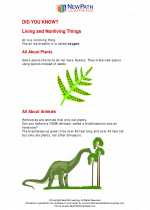
 Worksheet/Answer key
Worksheet/Answer key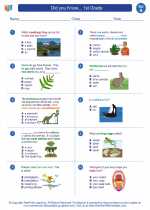
 Worksheet/Answer key
Worksheet/Answer key
 Worksheet/Answer key
Worksheet/Answer key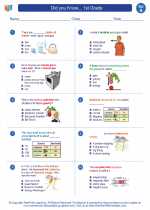
 Vocabulary/Answer key
Vocabulary/Answer key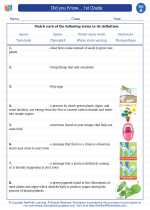
 Vocabulary/Answer key
Vocabulary/Answer key